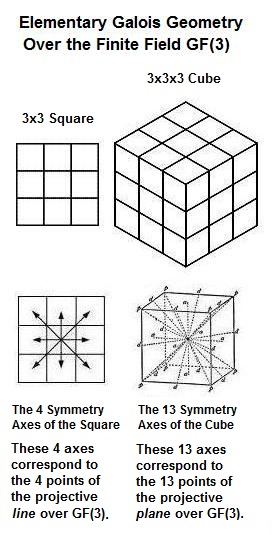Postscript
From a 2002
review by Stacy G. Langton of
Sherman Stein's book on mathematics, How the Other
Half Thinks:
"The title of Stein's book
(perhaps chosen by the publisher?) seems to refer to the popular left
brain/right brain dichotomy. As Stein writes (p. ix): 'I hope this book
will help bridge that notorious gap that separates the two cultures:
the humanities and the sciences, or should I say the right brain
(intuitive, holistic) and the left brain (analytical, numerical). As
the chapters will illustrate, mathematics is not restricted to the
analytical and numerical; intuition plays a significant role.' Stein
does well to avoid identifying mathematics with the activity of just
one side of the brain. He would have done better, however, not to have
endorsed the left brain/right brain ideology. While it does indeed
appear to be the case that the two sides of our brain act in rather
different ways, the idea that the right brain is 'intuitive, holistic,'
while the left brain is 'analytical, numerical,' is a vast
oversimplification, and goes far beyond the actual evidence."
Despite the evidence, it is
tempting to view the above pictures as illustrating, on the left, the
line-diagram side, a cold, analytical approach to
diamond theory, and, on the right, the colored-pattern side, a
warm, intuitive approach to the same theory— the grid (left) versus the quilt (right), as it were.
Of course, these sides are
reversed when the information on this page reaches the brain,
so that the diagrams on the left side of the page go to the right side
of the brain, and the patterns on the right side of the page go to the
left side of the brain. This page layout may or may not help
the reader integrate the analytical and the intuitive natures of the
pictures. More likely to be helpful in such an integration,
playing the role of a corpus callosum, is the
combination of line diagrams and colored pattern in the central
illustration, "Invariant."
|



